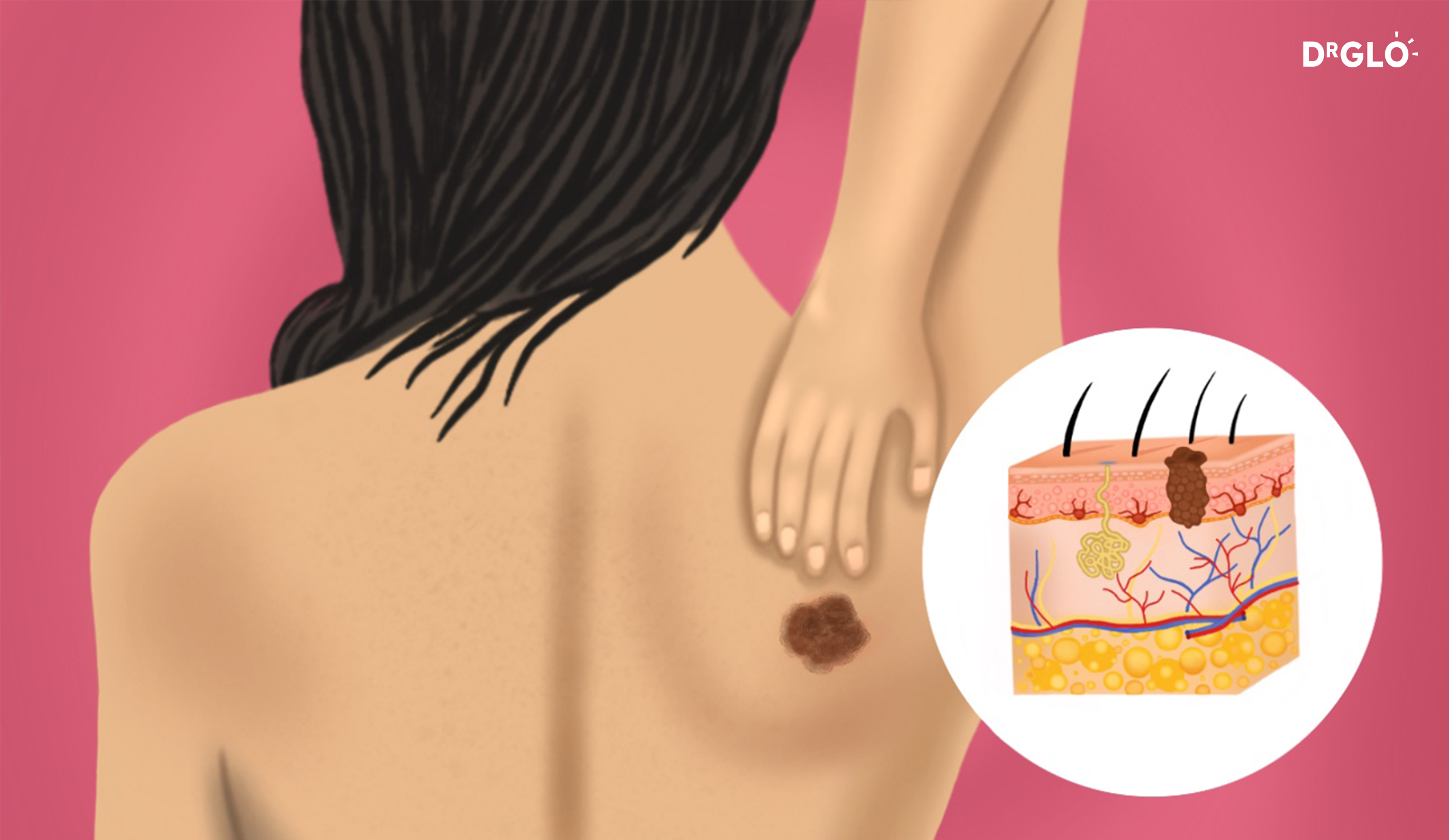
Can You Scratch Off Melanoma?
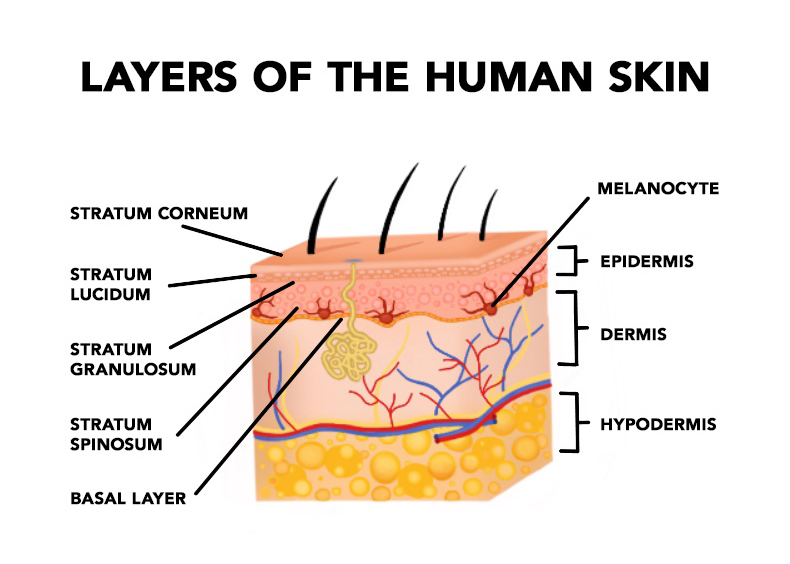
This is a reasonable question to ask.
The short answer is a resounding NO! In fact, it is very dangerous and not advisable at all. Melanocytes, the pigment-producing cells, that cause melanomas are located at the dermoepidermal junction (between the epidermis and dermis).

Without a microscope, it is impossible to see by the human eye exactly where the melanocytes are. Like a spider with legs, the body of the spider can be removed, but the legs may remain to continue to cause the melanoma within the skin to spread. This is the reason why the diagnosis of melanoma requires sending the excised tissue with an appropriate margin for analysis under the microscope.

PRO TIPS
If you’re interested in learning more about the diagnosis process for melanoma, you can find detailed information in “How Do You Get Tested for Melanoma“.
Scratching or removing the melanoma yourself is not advisable because it will make subsequent testing under the microscope difficult. Most worryingly, without testing the missing piece of skin that has been scratched off, it is not possible to determine the severity or extent of the melanoma. As an analogy, it would not be possible to measure the size of the spider that was removed. This would result in negative patient outcomes as treatment of melanoma is dependent on the thickness and additional characteristics of that particular melanoma within the skin. It would be impossible to backtrack and make management extremely difficult.
Also, scratching the skin can result in complications such as bleeding, pain and skin infections.
In summary, it is important to seek proper medical advice rather than self-treatment. I can relate to patients that they may be scared but covering up the problem can have negative and unwanted consequences. If you or your loved one has a pigmented skin lesion that is suspicious for a melanoma, please see your healthcare professional to carry out the necessary tests such as a biopsy. Early detection of melanoma can save lives.
 Common Skin Conditions
Common Skin Conditions Paediatric Conditions
Paediatric Conditions Skin Cancer
Skin Cancer Infectious Skin Conditions
Infectious Skin Conditions Other Skin Conditions
Other Skin Conditions Treatment & Management
Treatment & Management Prevention & Skincare
Prevention & Skincare


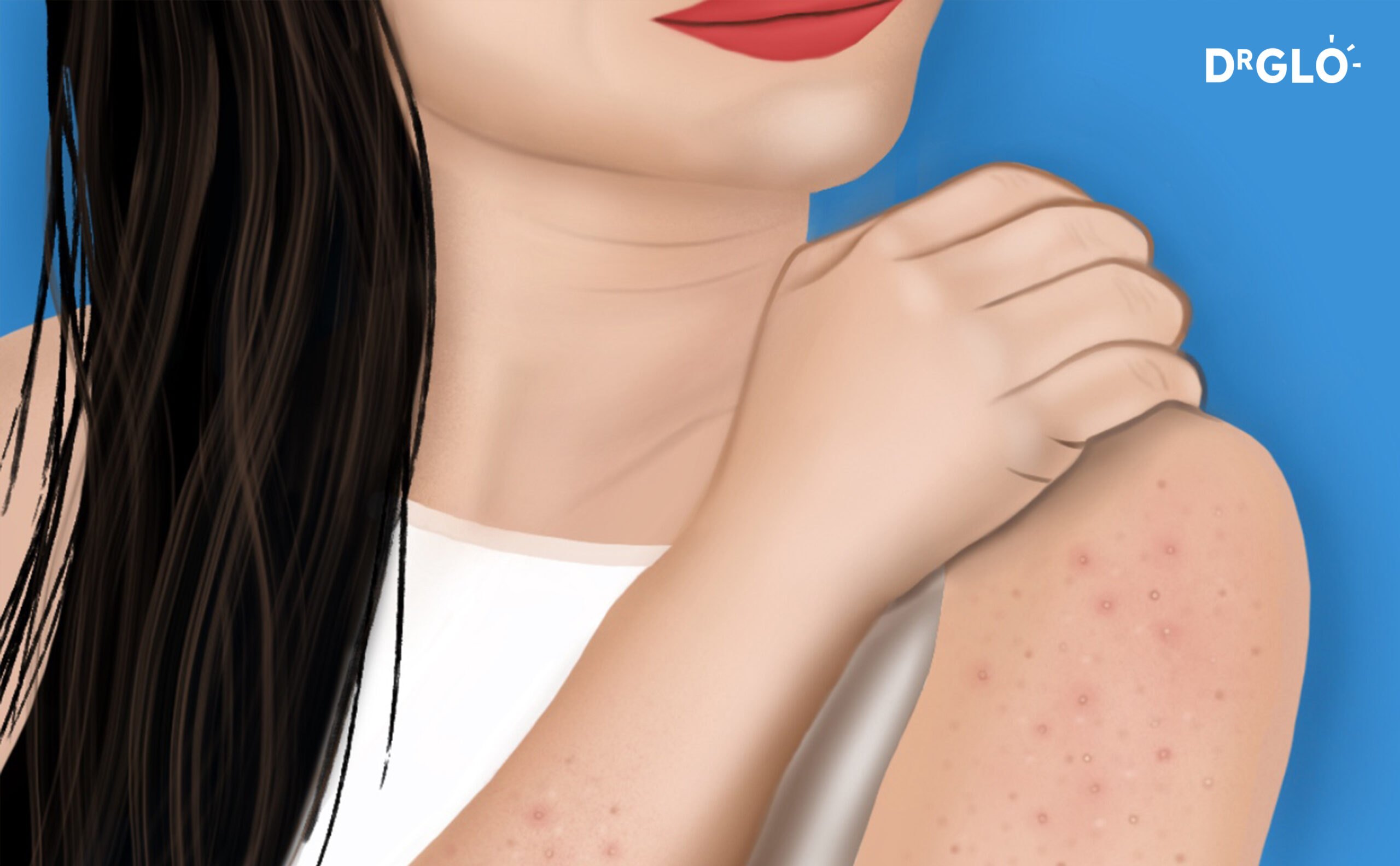

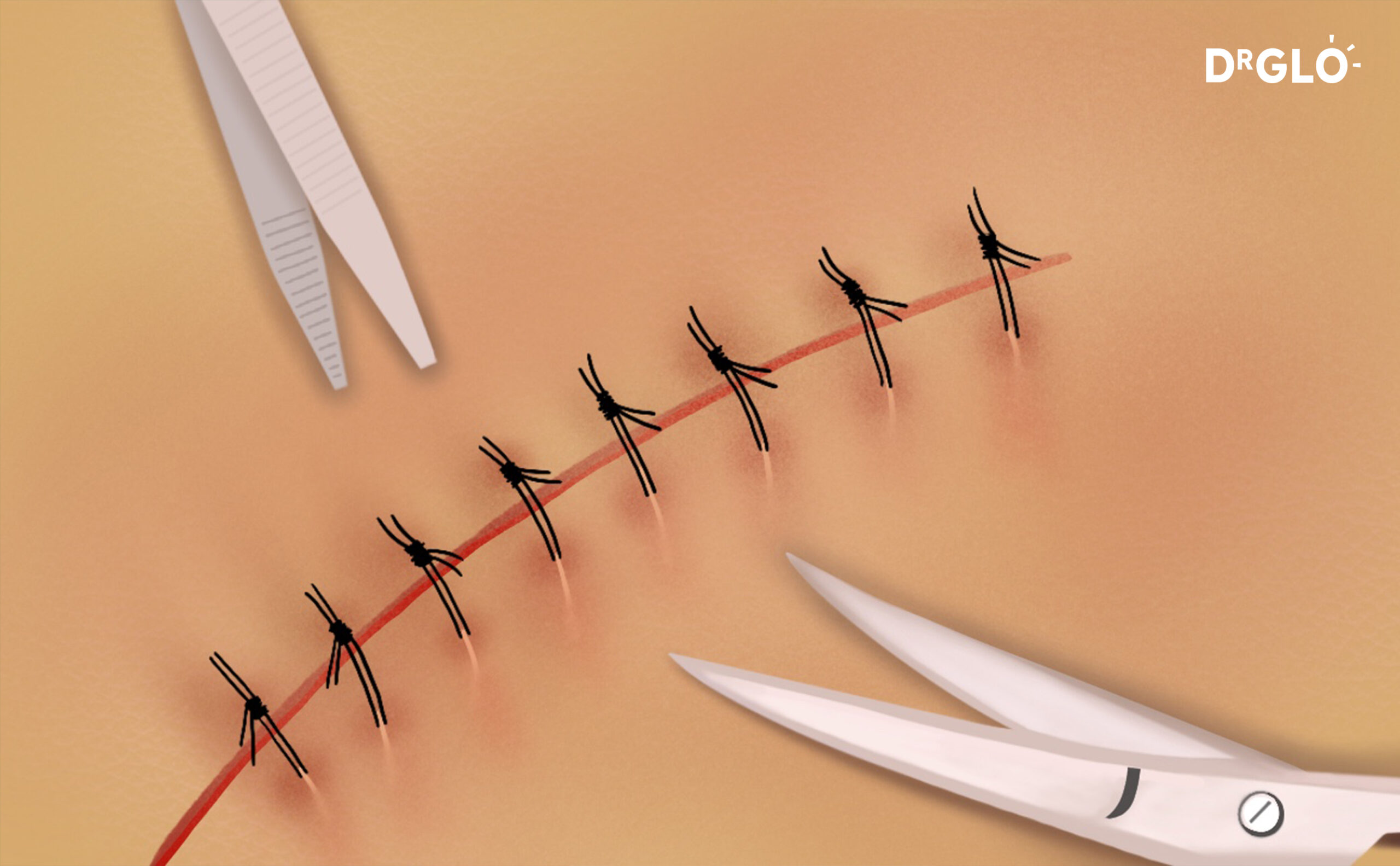
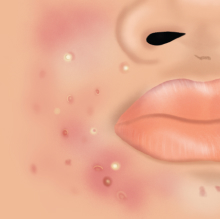

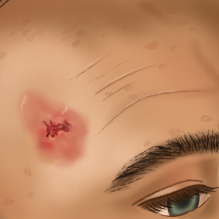

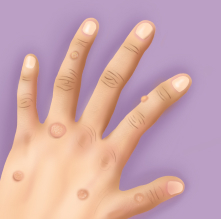


Popular Articles